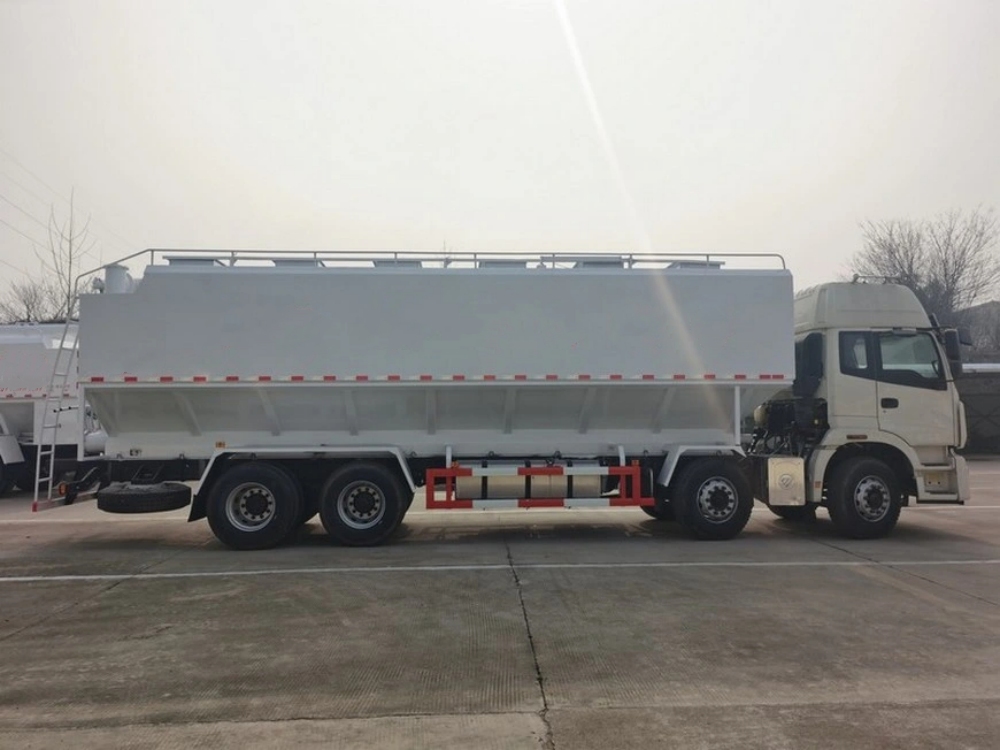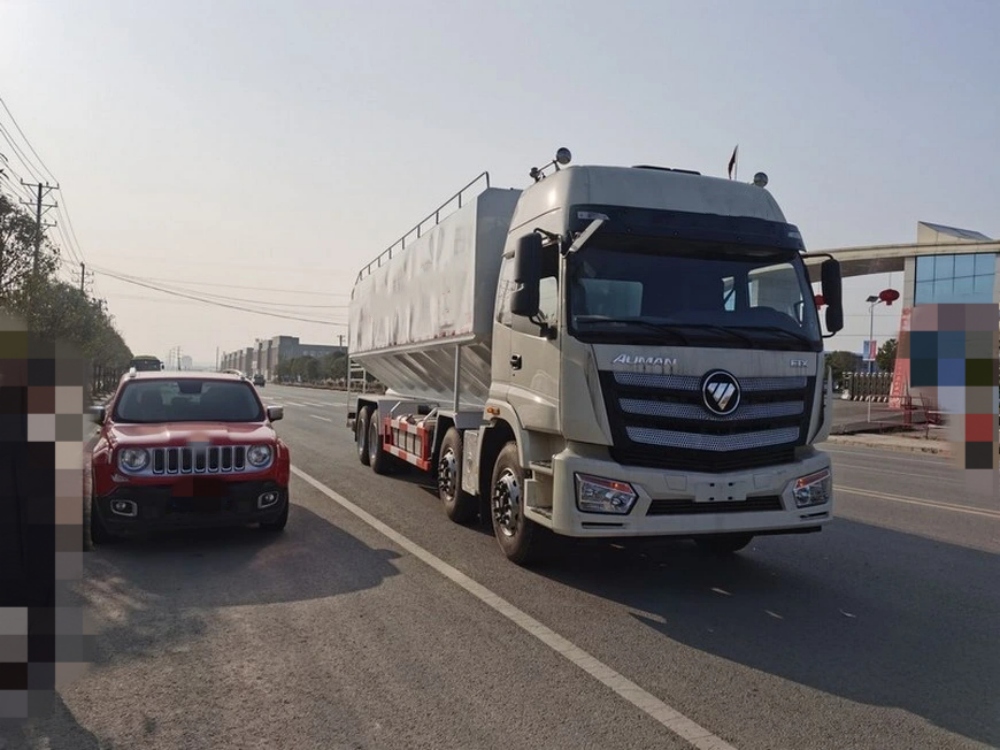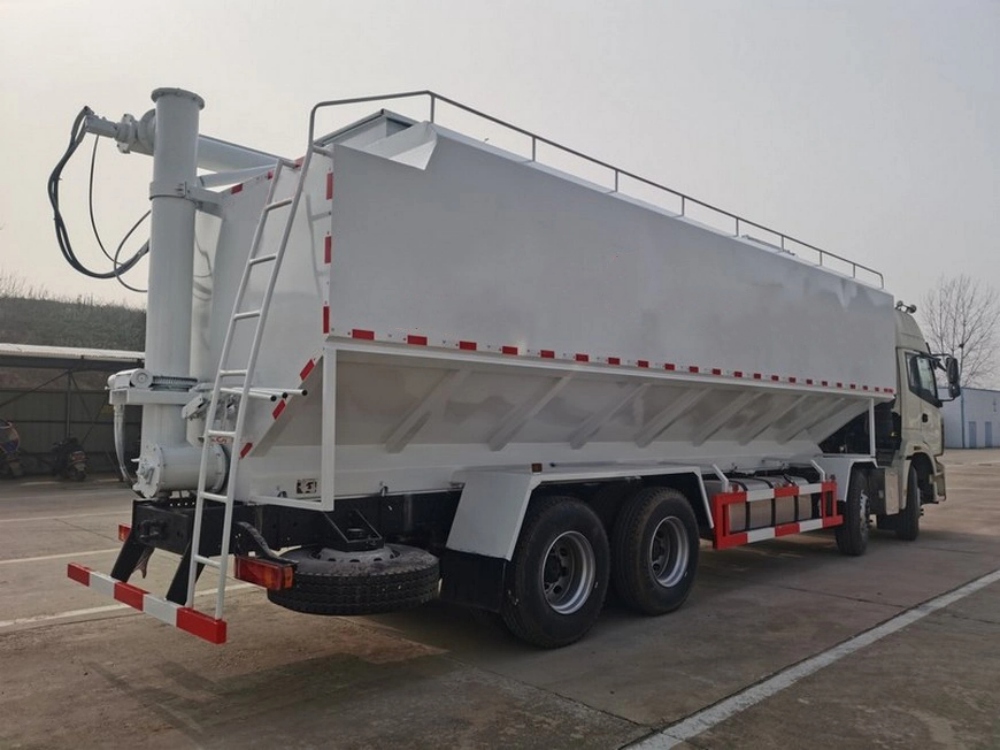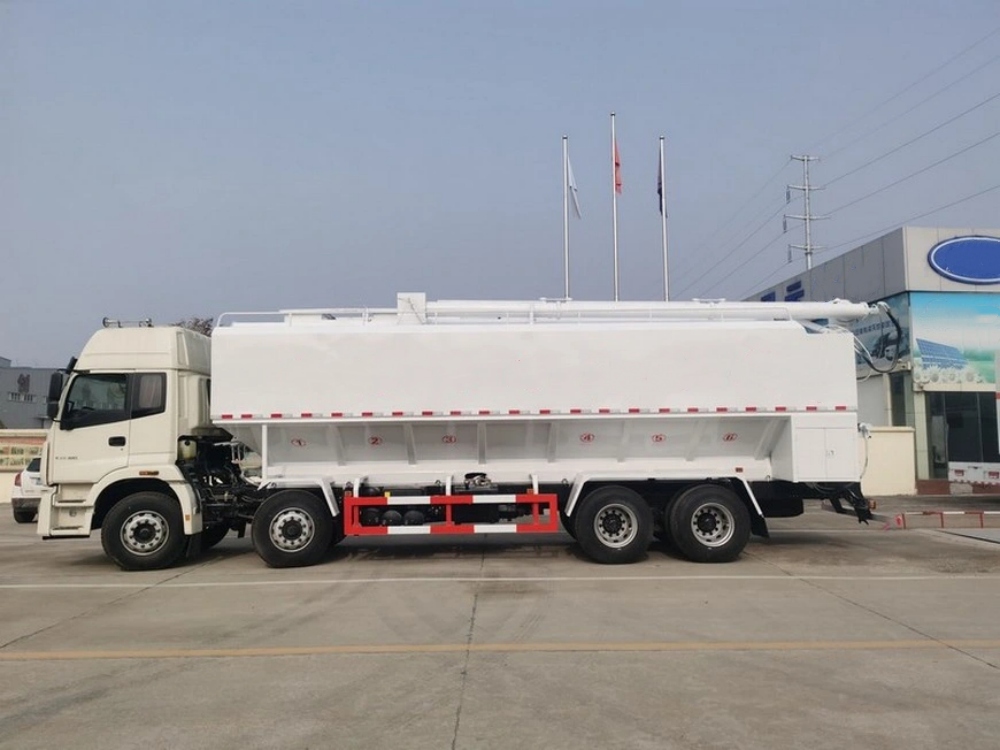Dry bulk trucks play a critical role in the transportation of loose, dry materials that are essential to a wide variety of industries. These specialized trucks are engineered to carry materials such as cement, flour, sand, plastic pellets, and various other granular or powdered commodities that cannot be shipped in containers or standard trailers. Understanding what a dry bulk truck is, how it works, and what makes it different from other trucks helps shed light on the logistics systems that keep construction, manufacturing, food production, and other sectors operating smoothly.
Definition and Overview
A dry bulk truck, also known as a dry bulk tanker truck, is a commercial vehicle designed to transport dry, free-flowing materials in bulk form. Instead of packaging these goods into individual containers or bags, they are loaded directly into the tanker’s storage compartment. The trailer, often cylindrical and made of aluminum or steel, is airtight and designed to preserve the material’s quality while in transit.
Unlike liquid tankers, which carry fluids, or flatbeds, which carry solid, packaged goods, dry bulk trucks are dedicated to dry materials that are fine, powdery, or granular in texture. Common examples include cement, lime, plastic resin, flour, sugar, baking soda, and industrial chemicals in powdered form.
Components of a Dry Bulk Truck
A dry bulk truck comprises several key components that allow it to safely and efficiently transport its cargo:
- Pneumatic Tank: The tank is typically made of lightweight aluminum to maximize payload capacity while meeting road weight regulations. It features a rounded or conical shape to promote smooth material flow.
- Hatches and Loading Ports: Located at the top of the tank, these allow for the introduction of dry bulk materials, usually with the help of gravity-fed systems or pneumatic blowers at the loading site.
- Discharge System: Most dry bulk trucks use a pneumatic discharge system that utilizes air pressure to unload materials through pipes located at the bottom or rear of the tank. This ensures precise and controlled discharge without exposing the material to moisture or contamination.
- Air Compressor or Blower: This vital component provides the pressurized air required to push the product through hoses to the destination silo or container.
- Valves and Piping: These regulate the flow and direction of the product during unloading, ensuring efficiency and safety during transfer.
How Dry Bulk Trucks Work
The operation of a dry bulk truck follows a sequence of steps that are optimized for efficiency and material integrity:
- Loading: The product is introduced into the tank via top-mounted hatches. This is typically done using a conveyor or pneumatic transfer system at the origin facility.
- Transportation: The truck then transports the product to its destination. Because many dry bulk materials are sensitive to moisture or contamination, the tank is sealed during transit.
- Unloading: Upon arrival, the truck uses its onboard air compressor or blower to discharge the material. Pressurized air is introduced into the tank, which fluidizes the product and pushes it through discharge piping into storage silos or receiving containers.
This process allows materials to be moved without manual handling or exposure to the environment, preserving quality and minimizing waste.
Types of Dry Bulk Trucks
There are several variations of dry bulk trucks tailored to different types of cargo and delivery environments:
- Single-Compartment Tankers: These are standard for transporting a single type of product at a time, such as cement or flour.
- Multi-Compartment Tankers: These have internal dividers allowing for the transport of different materials simultaneously, provided they are compatible and require similar handling conditions.
- Vacuum Pneumatic Trucks: In addition to pressurized discharge, these trucks can also vacuum materials during loading, useful for collecting materials from spills or loading from silos without bottom discharge.
- Food-Grade Dry Bulk Trucks: These are constructed with materials and finishes approved for food transport, including smooth-walled interiors and sanitary fittings to prevent contamination.
Industries That Use Dry Bulk Trucks
Dry bulk trucks are integral to numerous industries, each relying on the efficient transport of bulk materials:
- Construction: Cement, lime, fly ash, and sand are delivered to concrete plants and construction sites.
- Agriculture: Grain, animal feed, and fertilizer are distributed to farms and processing facilities.
- Food and Beverage: Flour, sugar, starches, and powdered ingredients are transported to bakeries and food manufacturers.
- Plastics and Chemicals: Plastic pellets and powdered chemicals are delivered to molding plants and chemical processing facilities.
- Mining and Minerals: Silica, talc, and other minerals are moved in bulk to processing plants.
Advantages of Dry Bulk Trucks
Dry bulk trucks offer numerous benefits that make them the preferred solution for transporting certain materials:
- Efficiency: Bulk transport reduces packaging, handling, and loading/unloading times, improving overall logistics efficiency.
- Sanitation and Contamination Control: Sealed tanks prevent exposure to dust, moisture, and contaminants.
- Cost Savings: Lower packaging and labor costs compared to bagged or containerized transport.
- Versatility: Capable of handling a wide variety of dry materials across multiple industries.
Challenges and Considerations
Despite their advantages, dry bulk trucks also present specific operational challenges:
- Moisture Sensitivity: Most dry bulk materials are vulnerable to moisture, requiring meticulous sealing and handling procedures.
- Cross-Contamination: Residue from previous loads can contaminate new cargo, so thorough cleaning between loads is essential, especially for food-grade products.
- Weight Regulations: Because dry bulk materials can be very dense, operators must ensure loads comply with regional weight limits to avoid fines and safety hazards.
- Unloading Requirements: Some delivery locations may lack the necessary equipment to handle pneumatic unloading, requiring coordination with facilities in advance.
Conclusion
Dry bulk trucks are a specialized solution that addresses the complex logistical needs of transporting dry materials in large quantities. Their design, combining pressurized tanks, pneumatic systems, and protective sealing, allows for the safe and efficient movement of a vast array of industrial and food-grade materials. From the cement that forms the backbone of infrastructure to the flour in your daily bread, dry bulk trucks play a behind-the-scenes yet indispensable role in modern supply chains.
As industries evolve and demand for efficiency and safety increases, dry bulk trucking continues to adapt through technological advancements, improved materials, and enhanced operational practices. Whether supporting construction, agriculture, or food production, these vehicles remain a critical component of the global transport network.






